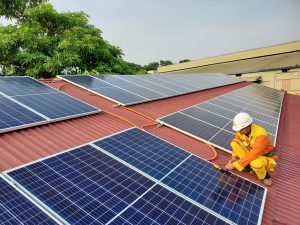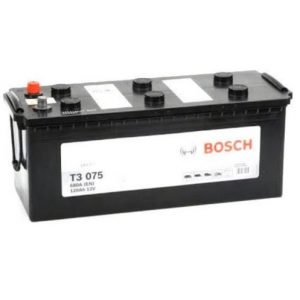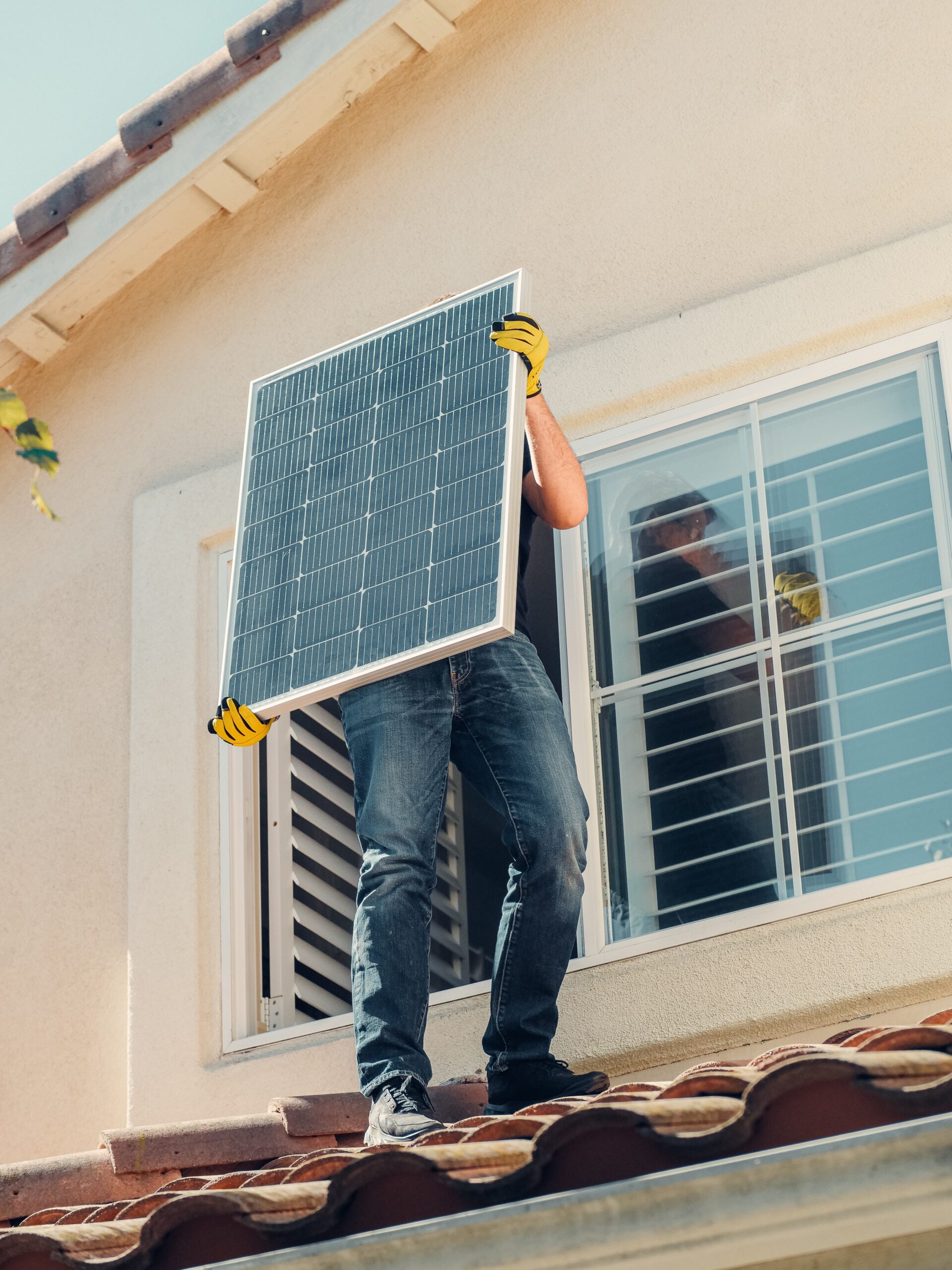Are you a handy homeowner looking to harness the power of the sun and reduce your energy bills? Installing solar panels yourself can be a rewarding DIY project, but it requires careful planning and attention to detail. In this step-by-step guide, we’ll walk you through the process of DIY solar panel installation.
Step 1: Assess Your Solar Potential
Begin by assessing your property’s solar potential. Determine the best location for solar panels. Look for a spot with maximum sunlight exposure throughout the day, typically south-facing. Ensure there are no shading obstructions like trees or buildings.
Step 2: Calculate Your Energy Needs
Evaluate your energy needs by examining past electricity bills. This will help you determine the size of the solar panel system required to meet your household’s energy consumption.

Step 3: Gather the Necessary Tools and Materials
Before you start, gather the following tools and materials:
- Solar panels
- Mounting hardware
- Solar inverter
- Solar charge controller (for off-grid systems)
- Batteries (for off-grid systems)
- Wiring and connectors
- Safety equipment (gloves, safety glasses, etc.)
- Ladder and scaffolding (if needed)
- Permits and approvals (if required)

Step 4: Design Your Solar Panel System
Design your solar panel system, taking into account factors like panel placement, wiring, and inverter location. Ensure the design optimizes energy production while adhering to safety standards.
Step 5: Install the Solar Panels
The installation process includes the following steps:
- Roof Preparation: Secure mounting brackets or racks to your roof to hold the solar panels. Ensure the brackets are well-anchored and weather-resistant.
- Panel Placement: Carefully place and secure the solar panels on the mounting racks. Follow the manufacturer’s instructions for panel orientation and spacing.
- Inverter Installation: Install the solar inverter in a suitable location, typically near your electrical panel. This device converts DC electricity generated by the panels into AC electricity for your home.
- Wiring and Connections: Connect the panels to the inverter and the inverter to your electrical panel. Use proper wiring and connectors, and ensure all connections are secure.

Step 6: Testing and Safety Checks
After installation, conduct testing and safety checks to ensure everything is functioning correctly and safely. Verify energy production and inspect for any electrical issues.
Step 7: Connection to the Grid (if applicable)
If your system is grid-tied, coordinate with your utility company to establish a connection. This may involve installing a bi-directional meter to measure energy generation and consumption.
Step 8: Monitor and Maintain Your System
Regularly monitor your solar panel system’s performance. Clean the panels as needed to remove dust and debris. Inspect for damage or shading obstructions. Address any issues promptly.
Step 9: Enjoy Solar Savings
With your DIY solar panel system in place, you can begin enjoying the benefits of clean and renewable energy. Watch your energy bills decrease, and take pride in your eco-friendly contribution.
Safety Note:
Working with electricity can be dangerous. If you’re not confident in your electrical and DIY skills, or if local regulations require it, hire a licensed electrician to perform the electrical connections and ensure safety.
Remember, a successful DIY solar panel installation requires careful planning, attention to detail, and a commitment to safety. It’s a valuable project that not only reduces your environmental footprint but also offers long-term energy savings.
DIY Solar Panel Installation FAQ
Considering a DIY solar panel installation? Here are answers to some frequently asked questions to help you navigate the process safely and successfully.
1. Is DIY solar panel installation a good idea for me?
DIY solar panel installation is suitable for homeowners with good DIY skills, electrical knowledge, and a commitment to safety. If you’re uncertain about any aspect, consider consulting a professional.
2. What are the main benefits of DIY solar panel installation?
DIY installation can save you money on installation costs and provide a sense of accomplishment. It also allows you to have more control over your project.
3. What tools and materials do I need for a DIY installation?
You’ll need solar panels, mounting hardware, an inverter, wiring, safety equipment, and any necessary permits. The exact tools and materials depend on your specific setup.
4. How do I determine the right location for solar panels?
Choose a location with maximum sunlight exposure throughout the day, ideally facing south. Avoid shading obstructions like trees or buildings.
5. How do I calculate the size of the solar panel system I need?
Assess your energy needs by examining past electricity bills. The system size should match your consumption patterns and available roof space.
6. Do I need permits for a DIY solar installation?
Check with local authorities and your utility company for required permits and approvals. Complying with building codes and regulations is crucial for a legal and safe installation.
7. What is the role of the solar inverter in my system?
The solar inverter converts DC electricity generated by the panels into AC electricity for use in your home.
8. How do I ensure a safe installation?
Prioritize safety by following best practices, wearing appropriate safety gear, and, if necessary, consulting a licensed electrician for electrical connections.
9. What should I do if I encounter issues during installation?
If you encounter difficulties, consult your installation manual, seek online resources, or consider getting expert advice from a professional installer or electrician.
10. Can I connect my DIY solar panel system to the grid?
Yes, it’s possible to connect your DIY system to the grid, but this may require coordination with your utility company and the installation of a bi-directional meter.
11. What maintenance is required for DIY solar panels?
Regularly monitor your system’s performance, clean the panels as needed, and inspect for damage or shading. Address any issues promptly.
12. How long will it take to see a return on my investment with DIY solar panels?
The payback period varies based on factors like system size, energy savings, and incentives. On average, homeowners can expect a payback period of 5 to 10 years.
13. Can I use solar panels during a power outage?
In most grid-tied systems, solar panels automatically shut down during a power outage for safety reasons. To use solar energy during outages, you’d need a battery backup system.
14. Are there tax incentives or rebates for DIY solar installations?
Tax incentives and rebates vary by location. Research local and federal incentives to see if any are available in your area.
15. What should I do if I need help during the installation process?
Don’t hesitate to seek guidance or professional assistance if you encounter challenges or have questions. Safety and correct installation are paramount.
Remember that while DIY solar panel installation can be rewarding, it’s essential to approach the project with thorough research, safety precautions, and a willingness to seek expert advice when necessary.
